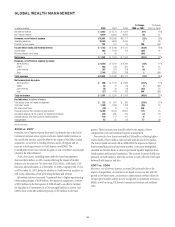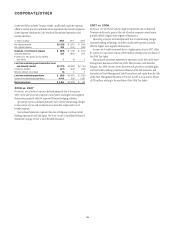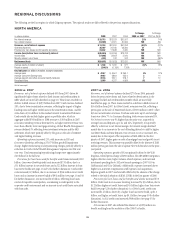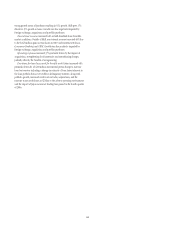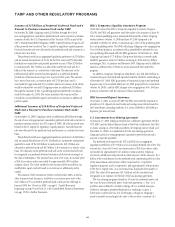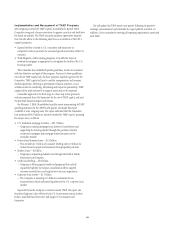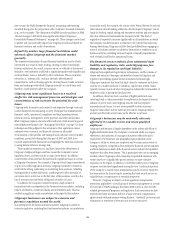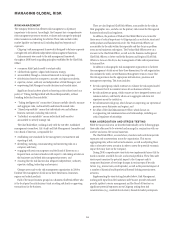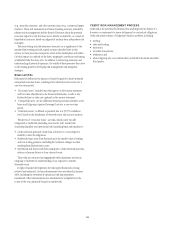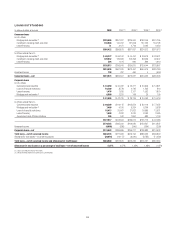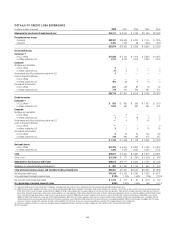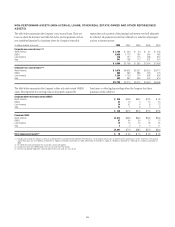Citibank 2008 Annual Report Download - page 52
Download and view the complete annual report
Please find page 52 of the 2008 Citibank annual report below. You can navigate through the pages in the report by either clicking on the pages listed below, or by using the keyword search tool below to find specific information within the annual report.Implementation and Management of TARP Programs
After Citigroup received the TARP capital, it established a Special TARP
Committee composed of senior executives to approve, monitor and track how
the funds are utilized. The TARP securities purchase agreements stipulate
that Citi will adhere to the following objectives as a condition of the UST’s
capital investment:
• Expand the flow of credit to U.S. consumers and businesses on
competitive terms to promote the sustained growth and vitality of the U.S.
economy.
• Work diligently, under existing programs, to modify the terms of
residential mortgages as appropriate to strengthen the health of the U.S.
housing market.
The Committee has established specific guidelines, which are consistent
with the objectives and spirit of the program. Pursuant to these guidelines,
Citi will use TARP capital only for those purposes expressly approved by the
Committee. TARP capital will not be used for compensation and bonuses,
dividend payments, lobbying or government relations activities, or any
activities related to marketing, advertising and corporate sponsorship. TARP
capital will be used exclusively to support assets and not for expenses.
Committee approval is the final stage in a four-step review process to
evaluate proposals from Citi businesses for the use of TARP capital, risk and
the potential financial impact and returns.
On February 3, 2009 Citi published a public report summarizing its TARP
spending initiatives for the 2008 fourth quarter and made this report
available at www. citigroup.com. The report indicated that the Committee
had authorized $36.5 billion in initiatives backed by TARP capital, spanning
five major areas, as follows:
• U.S. residential mortgage activities—$25.7 billion
– Citigroup is making mortgage loans directly to homebuyers and
supporting the housing market through the purchase of prime
residential mortgages and mortgage-backed securities in the
secondary market.
• Personal and business loans—$2.5 billion
– This includes $1.5 billion of consumer lending and $1.0 billion for
tailored loans to people and businesses facing liquidity problems.
• Student loans—$1 billion
– Citigroup is originating student loans through the Federal Family
Education Loan Program.
• Credit card lending—$5.8 billion
– Citigroup is offering special credit card programs that include
expanded eligibility for balance-consolidation offers, targeted
increases in credit lines and targeted new account originations.
• Corporate loan activity—$1.5 billion
– The Company is investing $1.5 billion in commercial loan
securitizations, which will inject liquidity into the U.S. corporate loan
market.
Separately from the Company’s initiatives under TARP, the report also
describes Citigroup’s other efforts to help U.S. homeowners remain in their
homes, assist distressed borrowers and support U.S consumers and
businesses.
Citi will update this TARP report each quarter following its quarterly
earnings announcement and will make the report publicly available. In
addition, Citi is committed to meeting all reporting requirements associated
with TARP.
46


